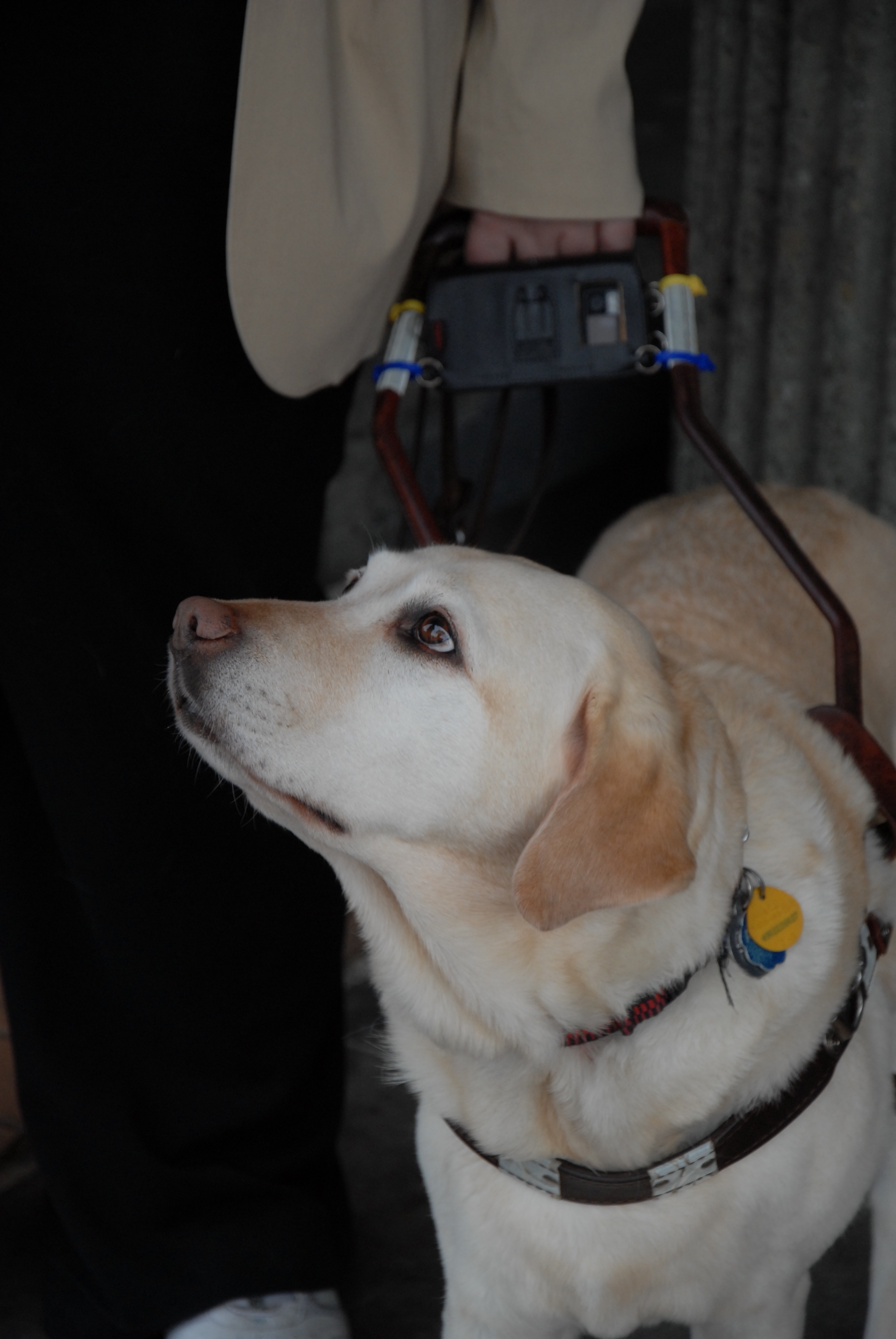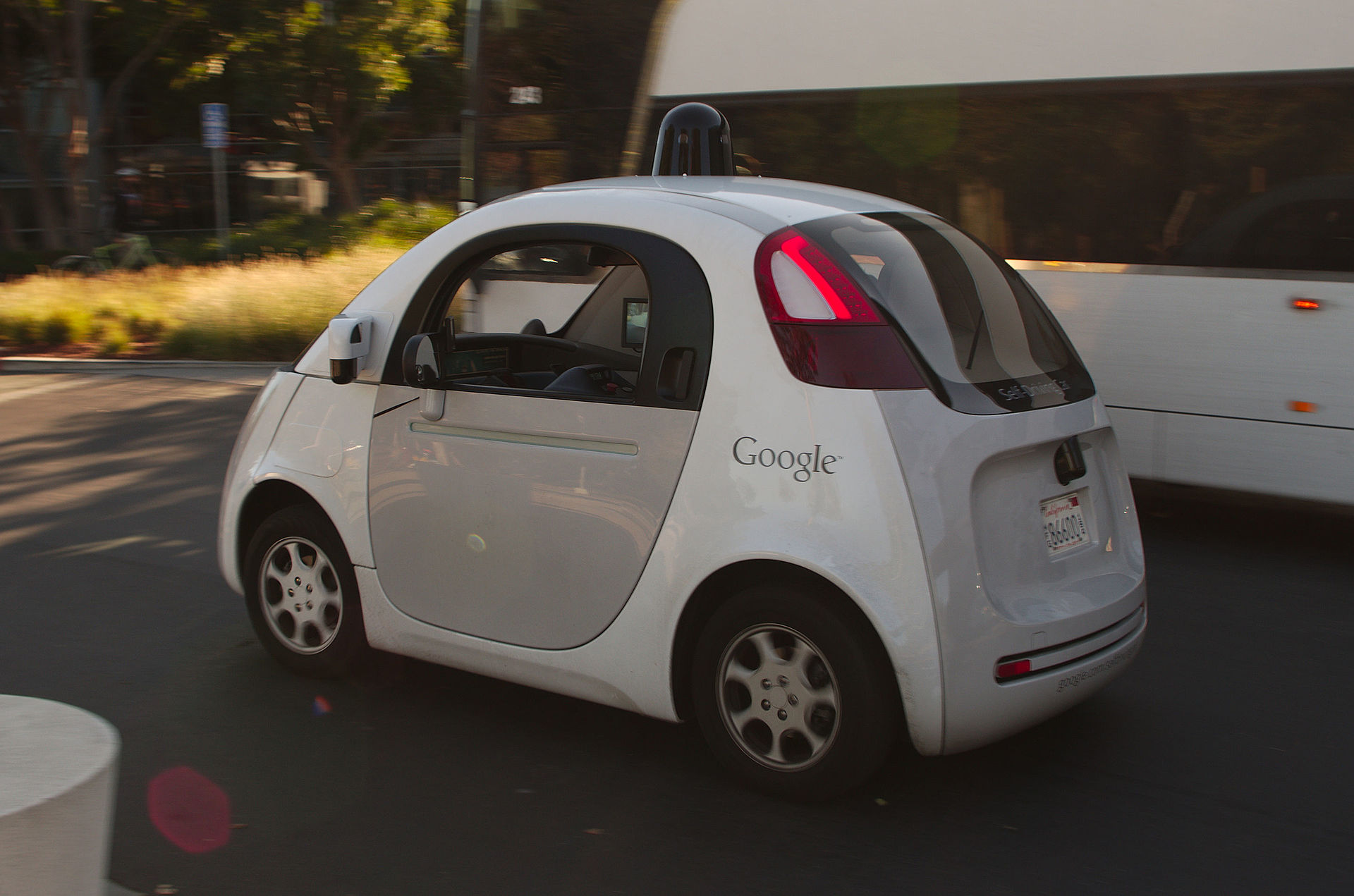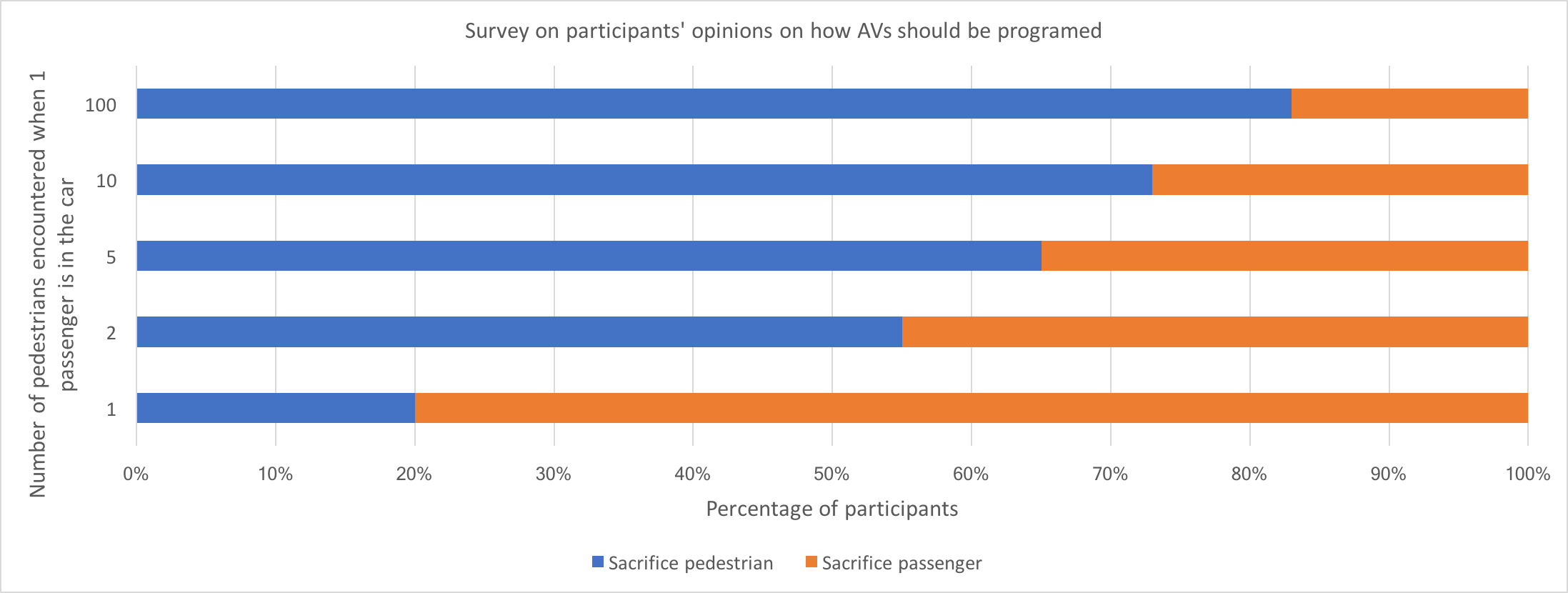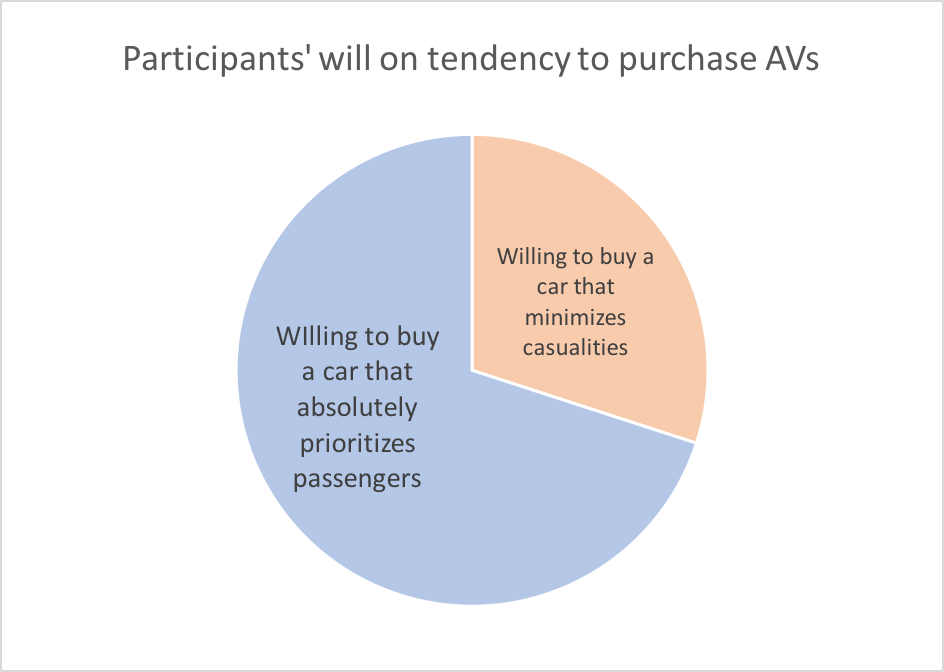“I think my Instagram should be renamed, like the album of my Husky.” Said my friend Katrine last week. “That’s why I never post on Instagram,” I replied. “I don’t have a friend that close to me.” Humans’ fevers for dogs spread everywhere on the internet, and dogs have entitled “humans’ best friends” for a very long time. In fact, human relationship with dogs is a very long story, and we can trace it way back when the world population was only about 5,000,000.
A paper published in Journal of Anthropological Archaeology last month revealed that sandstone carved images of humans and dogs were discovered in northwestern Saudi Arabia. Scientists suspected the images to be world’s first images of humans and dogs.

“earliest image of men and dogs” from paper in Journal of Anthropological Archaeology
In this image, the man, with an arrow in his hand, has dogs following him hunting the big mammals together. Scientists noticed that there are very obviously carved lines between the man’s waist and the dogs’ necks. Similar lines appeared in the other images at the site, and researchers stated that the lines were probably leashes, and dogs were already domesticated, trained to assist human hunting activity at the time. From the weathering condition of rocks and the sequence of drawings, scientists concluded the art is at least 8000 years old.
“It’s the only real demonstration we have of humans using early dogs to hunt.” Said Melinda Zeder, an archaeozoologist at the Smithsonian Institution National Museum of Natural History, Washington, D.C.
Scientists have hypothesized the collaboration between dogs and hunters a long ago. In fact, in an earlier study that provided a hypothesis of dogs’ domestication for hunting, evidence indicated mammoths were massively killed at a time when humans did not have compatible weapons in Europe, and dogs were likely accompanying hunters. Dogs, evolved and inherited from wolves, could identify preys by scents and growl in groups to hold preys in place. In fact, another research team also found in Japan that humans from 2,400-16,000 years ago buried their dogs with shreds of evidence that they were hunting partners.
Today is always the consequence of yesterday. We now consider dogs are such good friends of humans because the friendship arose since a very long time ago. In the past, humans fed and sheltered dogs while dogs assisted humans for hunting. It is domestication but also collaboration, with the common goal of survival for both men and dogs. It is the result of natural selection. Today, aside from gaining “likes” on social media, dogs are still helping men on a lot of practical aspects such as guidance for the disable, therapeutics, DEA detection. Like the carved images on the stone, our friendship with dogs never faded as time went by.

“A guide dog working” by Yahoo! Accessibility lab from Flikr. CC BY-SA 2.0

Youtube: How dogs became our best friends
-Zhou Wang







